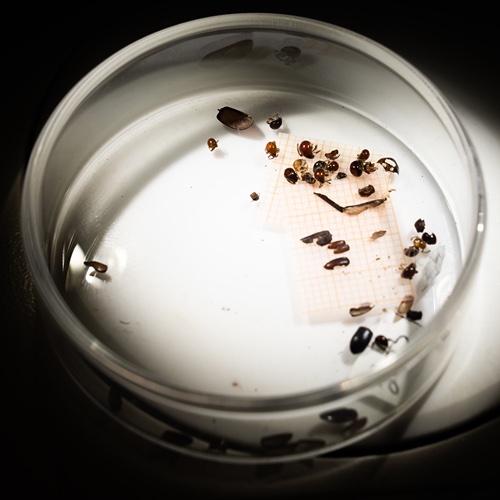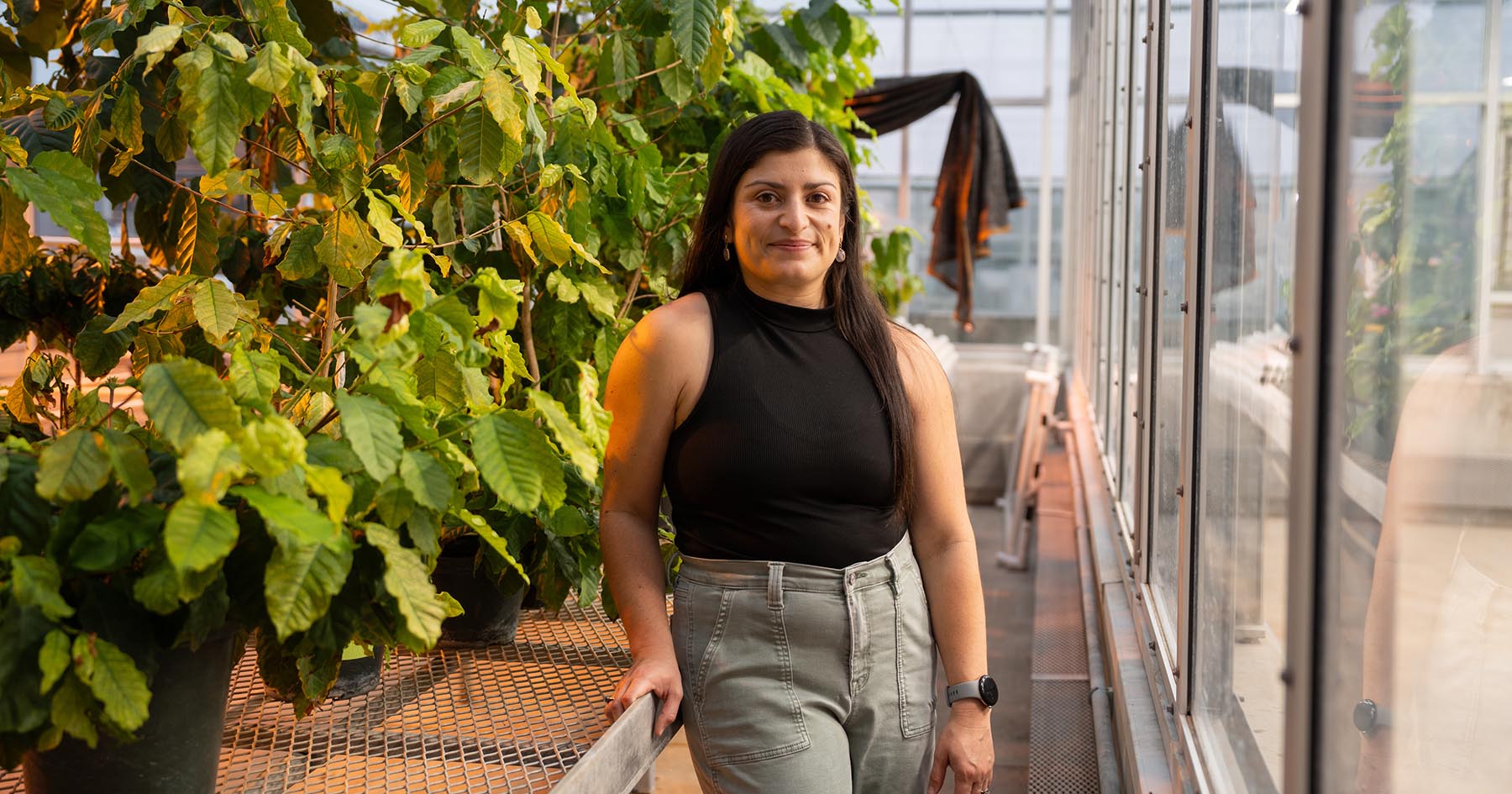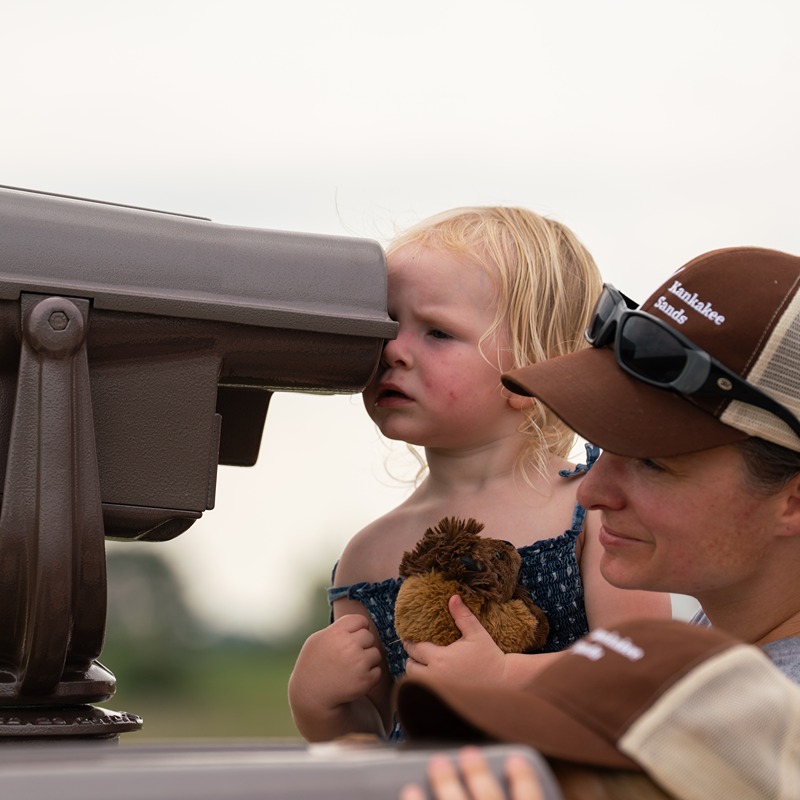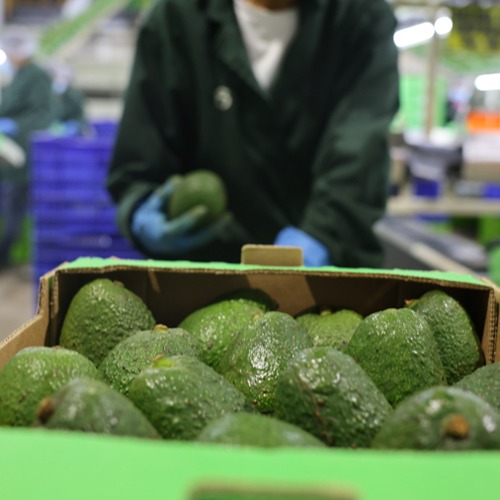Purdue experts analyze August USDA Crop Report
A panel of Purdue University experts and the the Indiana state statistician from the USDA’s National Agricultural Statistics Service Information (NASS) convened Friday (Aug. 10) at the Indiana State Fairgrounds by Karen Plaut, the Glenn W. Sample Dean of the Purdue College of Agriculture, to discuss the results of the USDA’s August Crop Report for Indiana and to provide insights into the meaning behind the numbers.
The panel included Chris Hurt, professor of agricultural economics, Bob Nielsen, professor of agronomy, Shaun Casteel, associate professor of agronomy and Austin Pearson, Tipton County Extension director. The USDA-NASS Indiana state statistician Greg Matli addressed the process of data collection and analysis.
The report specifically estimated this year’s yield and production of corn and soybeans crops. Several consecutive years of high production have led to oversupply, low prices and tight crop margins. Nielsen addressed how a late corn planting season was offset by the efficient use of cutting-edge agricultural technologies. “It wasn’t quite a tale of two seasons, but I remember back in late April and so many people worrying about this crop not getting planted and the sky was going to fall down … and then over a two-week period in May nearly two-thirds of the crops got planted … we have the equipment today that we can plant fast.”
This latest report forecasts Indiana corn production will reach a record 186.0 bushels per acre, which is up from 180.0 bushels per acre in 2017. Almost 5 million acres will be harvested, yielding 915.12 million bushels. This number is down 2 percent from 2017. As of the first of August, 69 percent of corn was rated good to excellent.
The report estimated soybean production in Indiana will reach 358.44 million bushels, a 12 percent increase from 2017. On Aug. 1, 67 percent of soybeans were rated in good to excellent condition.
Soybean specialist Casteel explained why we will see more soybeans sooner than expected. “These beans were out of the ground very quickly, not just timely planted, but then … emergence was very fast as well.” Hurt added that the rate of growth was almost 10 to 14 days ahead of the five-year average.
Hurt explained that another season of strong soybean production could place strain on an already oversaturated market.
“It’s a particularly bad time to have a lot of soybeans and a lack of markets to be selling those beans to,” he said. “I would put this crop this year at about an $8.60 price with this large production we have. That’s 75 cents down from last year, and with higher cost, of course, we begin to see the financial and economic stress this is going to put on our producers … a substantial part of the decrease in price is related to the tariffs that are currently in place - first from the United States, and then retaliatory tariffs coming from some of our agricultural customers.”





